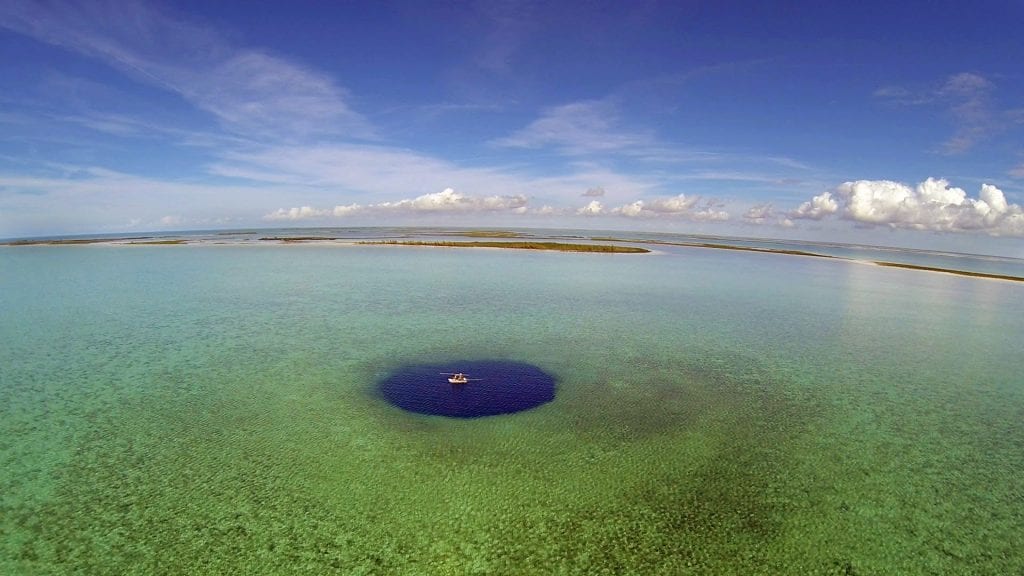
WHOI researchers position their pontoon boat directly in a blue hole in the Bahamas to extract cores of seafloor sediments. Blue holes are naturally occurring geologic formations on the seafloor that are ideal basins to catch clues left behind by ancient hurricanes. (Photo courtesy Pete van Hengstum, Texas A&M University at Galveston)
What is paleoclimatology?
Paleoclimatology is the study of Earth’s climate history.
Data collected by modern instruments date back only a century or so, leaving natural recorders of environmental change, or paleoclimate records, as the primary way to learn about past climate conditions. Understanding how climate naturally varied over thousands and millions of years teaches us how Earth’s climate system works and sheds light on current, human-induced changes.
Lake and ocean sediments, glacial ice, coral skeletons, tree rings, and pollen grains are among the climate archives or proxies scientists use to reconstruct past climate. Analyses of the data in these proxies reveal what past conditions were like on Earth and the timing of specific climate events such as periods of heavier rainfall and extreme drought.
We know from paleoclimate studies that Earth’s climate is continually changing. Massive ice sheets covered much of the Northern Hemisphere 20,000 years ago, while some 50 million years ago, levels of atmospheric greenhouse gases were so high that polar ice sheets completely melted.
There have been periods of naturally high atmospheric carbon dioxide levels in the past, and Earth became hotter whenever these occurred. But the current, increase in carbon dioxide emissions, driven by burning fossil fuels and other human activities, are unprecedented and forcing rapid changes to the climate system. As a result, Earth’s climate has changed faster since the Industrial Revolution than it has at any point in the past 65 million years.
How do scientists obtain paleoclimate data?
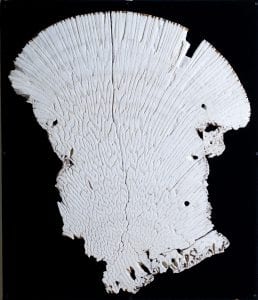
Coral skeletons, which incorporate trace chemicals from surrounding seawater, can provide a daily archive of past ocean temperatures and environmental conditions. Using temperature records from this long-lived Bermuda brain coral, WHOI paleoceanographers created a reconstruction showing the long-term behavior of the North Atlantic Oscillation, one of the most important drivers of climate fluctuations in the North Atlantic. (Photo by Tom Kleindinst © Woods Hole Oceanographic Institution)
One method for learning about past natural climate variability and atmospheric carbon dioxide levels relies on cores of ancient ice extracted from glaciers and ice sheets—sometimes a mile in length or longer. The ice is formed by snow that accumulates over hundreds of thousands of years.
When these layers of snow compact, tiny air bubbles are trapped in the layers of snow; the bubbles are snapshots of the atmosphere at the moment they were trapped in the ice. Ice also contains dust, ash, pollen, and other particles that can tell us about past environmental conditions.
Physical and chemical analyses of these data determine atmospheric conditions, climate, and how the size of the ice sheet ebbed and flowed. Data from East Antarctic ice cores has enabled scientists to reconstruct Earth’s climate going back 800,000 years; related studies confirm the dramatic growth in greenhouse gases caused by burning fossil fuels.
Past temperature can’t be directly measured from ice cores. Instead, scientists study the ratios of different oxygen and hydrogen isotopes in the water molecules to ascertain the relative air temperature when this prehistoric snow fell. These data confirm a strong connection between temperature and carbon dioxide levels.
Combining paleoclimate data from various sources—ocean sediments, ice cores, and others—enables scientists to get a comprehensive picture of past climate conditions. For example, cores of ancient sediment pulled from the deep sea contain many clues about past climate over thousands to millions of years. Dust, volcanic ash, and other debris constantly drifts into the ocean and accumulates on the seafloor. Layers of this detritus are buried and compressed on the seafloor, preserving these natural climate archives.
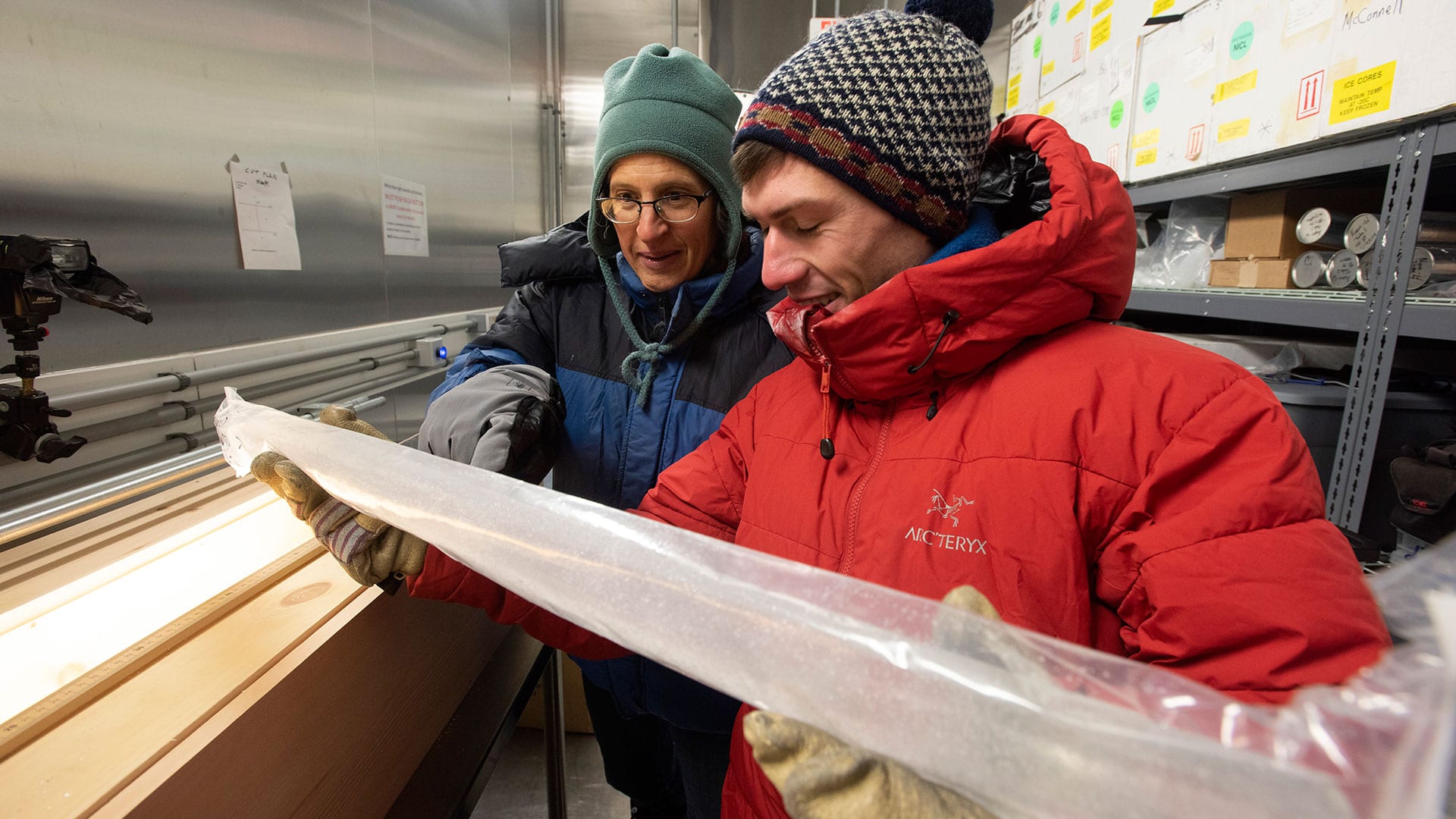
Sarah Das and Matt Osman examining a recovered ice core. (Photo by Tom Kleindinst © Woods Hole Oceanographic Institution)
Analyses of seafloor sediments reveal past ocean temperatures over thousand-year timescales and shed light on past climate patterns. Layers of dust in the sediment indicate when and where there were periods of warm, dry conditions, while layers of ash show when volcanic eruptions caused global temperatures to fluctuate.
Foraminifera or forams, abundant, single-celled creatures that live throughout cold and warm ocean waters, are another common proxy found in deep-sea sediments. Forams construct calcite shells from the minerals found in seawater and are sensitive to environmental changes. As a result, their shells record information about local ocean conditions such as water chemistry and temperature when the shell formed.
When forams die, they sink to the bottom and become preserved in seafloor sediments. Chemical analyses of foram shells reveal past ocean temperatures and other conditions across depths and latitudes, going back as far as 500 million years ago, in some cases.
Taken together, the data from sediment cores and other paleoclimate records show that the air temperatures of today are higher than at any point during the last 1,500 years.
By understanding past climate, we begin to know how the planet may warm in the future and how the ocean, water cycle, and other climate system components might react to those changes.
What’s meant by abrupt climate change, and what are the causes of it?
Abrupt climate change refers to changes to the climate system on relatively short timescales of decades or even years.
Paleoclimate data—ice cores, tree rings, sediments, and other sources—provided the first evidence of abrupt climate change. These archives indicate Earth’s climate changed abruptly and rapidly several times in the past, with temperatures dramatically cooling or warming due to natural processes that altered the ocean-atmosphere system.
Abrupt climate change doesn’t occur in the manner popularized by disaster films. It occurs when a volcanic eruption, or a gradual forcing such as a slowdown in ocean circulation, alters the climate system and pushes it past a threshold into a new state.
The modern, human-driven increase in greenhouse gas emissions is a forcing that’s altering Earth’s climate. More research is needed to fully understand how these changes will disturb the climate system, but there’s still cause for concern.
Paleoclimate research indicates past warming episodes often produced many of the climate impacts occurring today: a significant increase in global temperatures; rising, acidifying oceans; and melting polar ice. Regions of the world already experience environmental and ecological disruption due to these effects, which are likely to worsen as climate impacts intensify.
The uncertainty surrounding future climate requires additional research. Collecting more paleoclimate data and creating more detailed reconstructions of past climate conditions are vital to expanding knowledge of future climate change on the decade to century timescale. Understanding changes within this timeframe will enable a degree of predictability that can improve communities’ resilience to climate impacts.
How does paleoclimate research inform understanding of future warming?
Looking to the natural climate variability of the past provides insight into how Earth’s climate system works and how it may change in the future.
Paleoclimate research is essential to predicting how increasing amounts of atmospheric carbon dioxide will alter Earth’s climate. These projections inform how societies can mitigate and adapt to climate change impacts.
Scientists use both paleoclimate records and computer model simulations to understand changes in the climate system. Paleoclimate data informs and validates computer programs, commonly called climate models, that simulate global climate scenarios. There are many types of models; General Circulation Models are the most detailed and realistic.
General Circulation Models are built to simulate the full variety of atmospheric, oceanic, and land processes that make up Earth’s climate system. Scientists test the accuracy of models by first running past climate scenarios. If a model correctly predicts a past event, researchers then use it to test hypotheses and explore future scenarios such as how global temperatures and other parts of the climate system might react under increased carbon dioxide emissions.
As knowledge of past climate and current rates of change advance, researchers fine-tune climate models to calculate future warming and its impacts. A current goal in science is to make climate predictions so accurate that we know what changes to expect and when, similar to weather forecasting. Advancing climate predictions will help governments, policymakers, and urban planners respond to the impacts of global warming.
Bates, Sophie. The Climate Events of 2020 Show How Excess Heat is Expressed on Earth. NASA. https://www.nasa.gov/feature/goddard/2021/the-climate-events-of-2020-show-how-excess-heat-is-expressed-on-earth. January 14, 2021.
Dusto, Amy. Climate at the core: how scientists study ice cores to reveal Earth’s climate history. NOAA: Climate.gov. https://www.climate.gov/news-features/climate-tech/climate-core-how-scientists-study-ice-cores-reveal-earth%E2%80%99s-climate. Accessed on March 13, 2021.
IPCC. Special Report: Global Warming of 1.5°C. https://www.ipcc.ch/sr15/. Accessed on December 1, 2020.
Lindsey, R. Climate Change: Atmospheric Carbon Dioxide. NOAA: Climate.gov. https://www.climate.gov/news-features/understanding-climate/climate-change-atmospheric-carbon-dioxide. August 14, 2020.
NOAA: Climate.gov. Climate Models. https://www.climate.gov/maps-data/primer/climate-models. Accessed on March 13, 2021.
Stevens, Alison. Nature’s archives: Piecing together 12,000 years of Earth’s climate story. NOAA: Climate.gov. https://www.climate.gov/news-features/featured-images/nature%E2%80%99s-archives-piecing-together-12000-years-earth%E2%80%99s-climate-story. April 15, 2020.
Tierney, J.E., et al. Past climates inform our future. Science, vol. 370, Issue 6517. doi: 10.1126/science.aay3701
All Topics on Paleoclimatology
Dating Corals, Knowing the Ocean
Coral is a useful tool for scientists who want to understand changes in past climate, but recalling that history presents its own set of challenges.

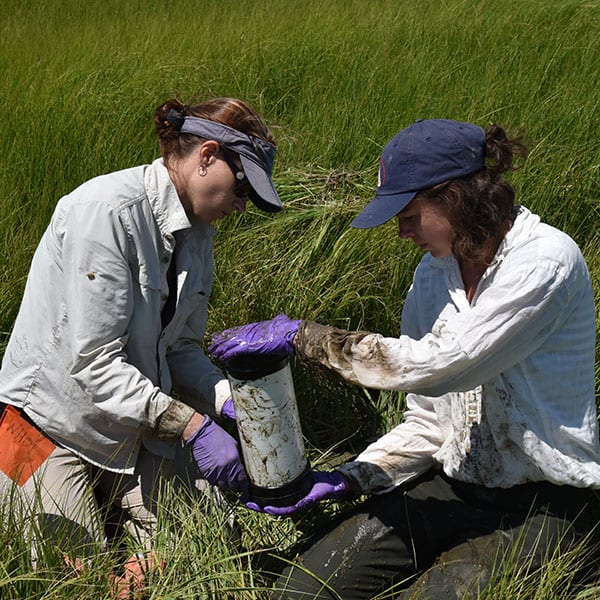

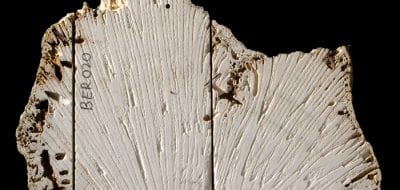
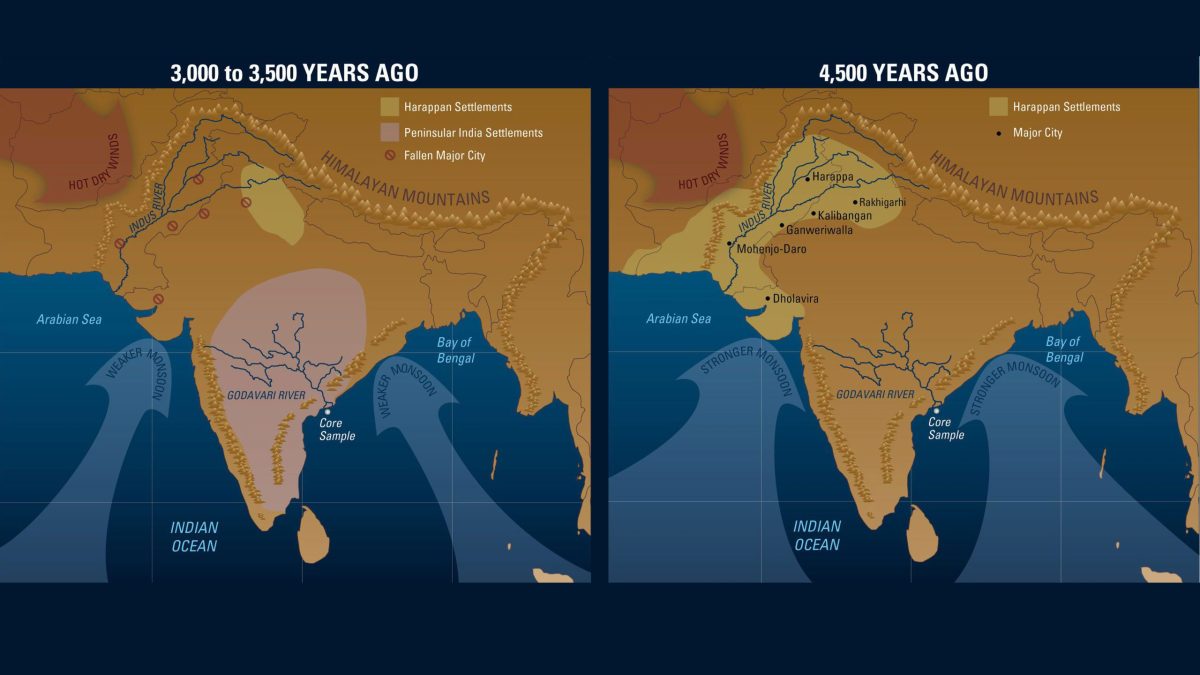
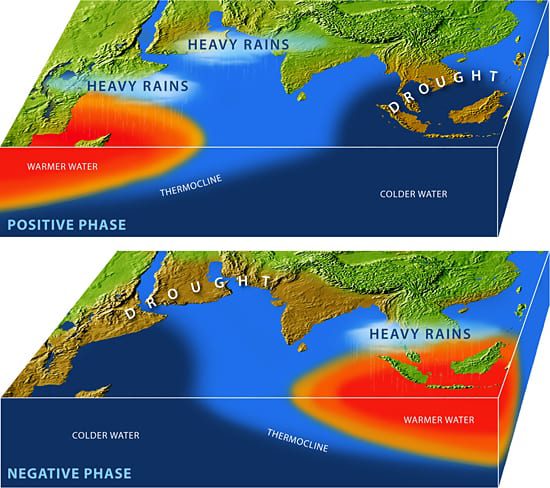
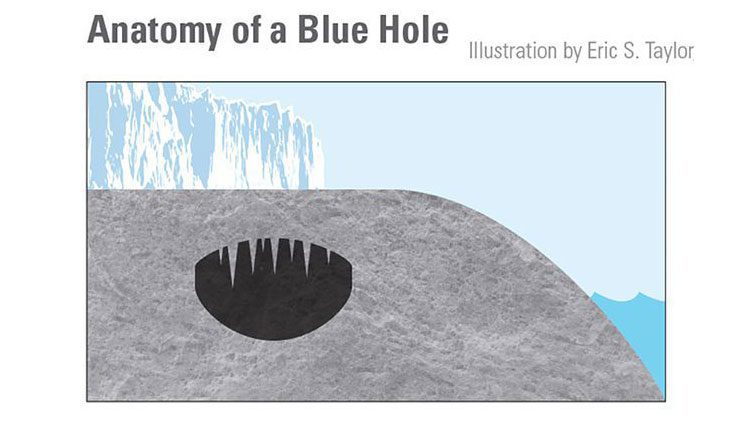
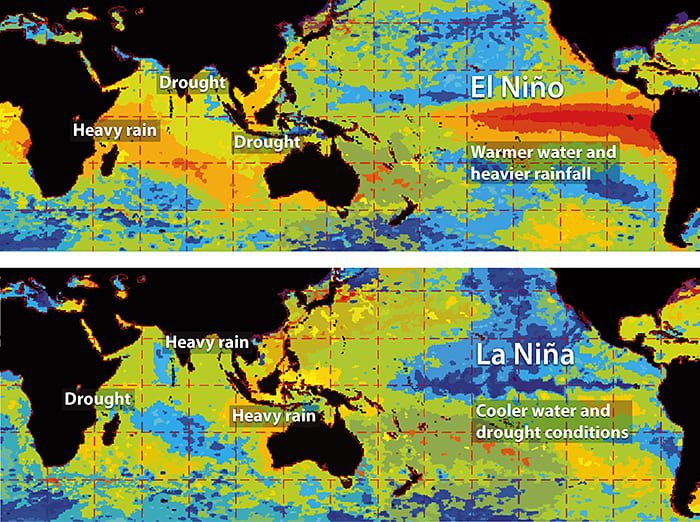
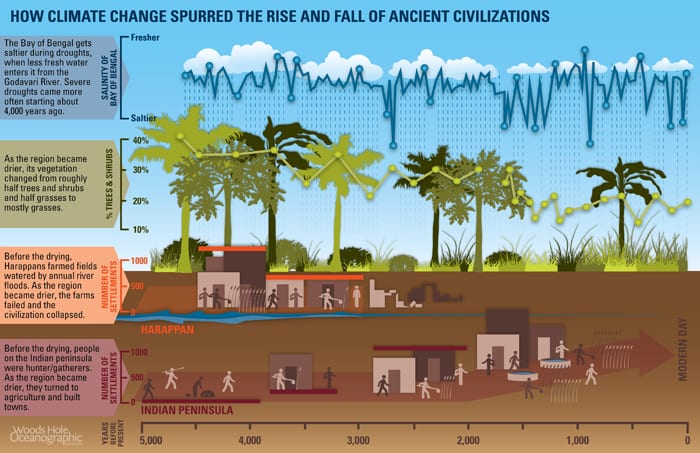
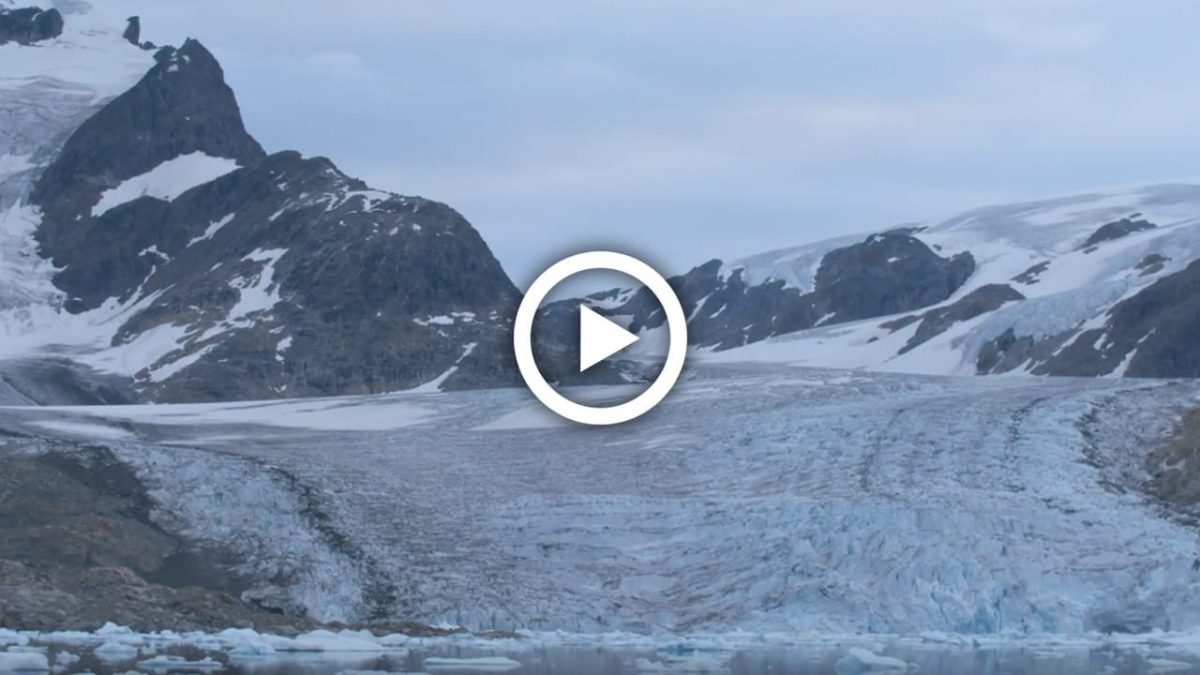

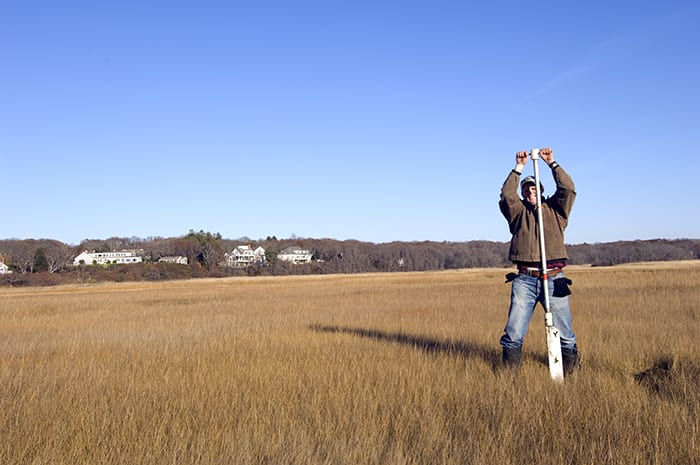
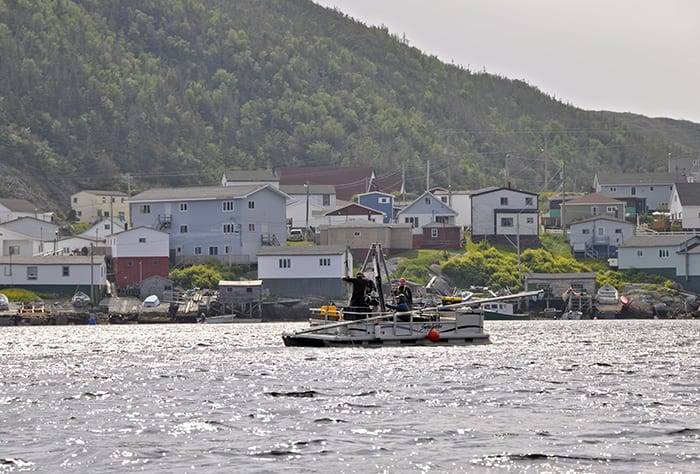
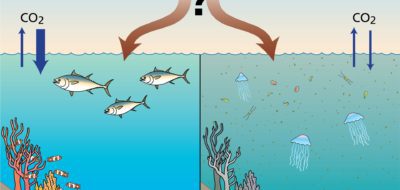
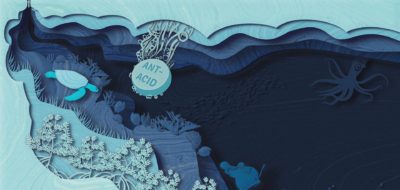
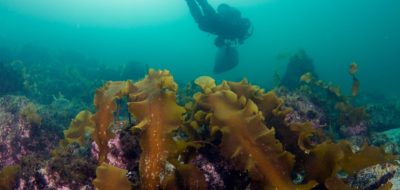
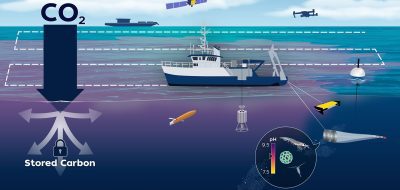
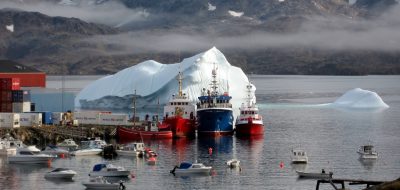
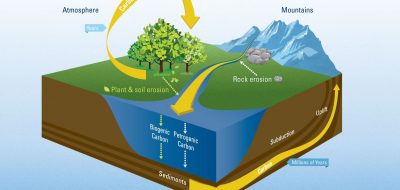
 Dating Corals, Knowing the Ocean
Dating Corals, Knowing the Ocean